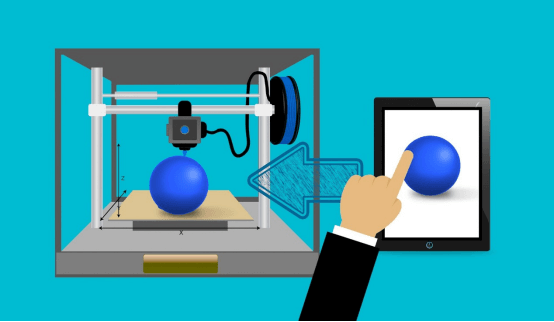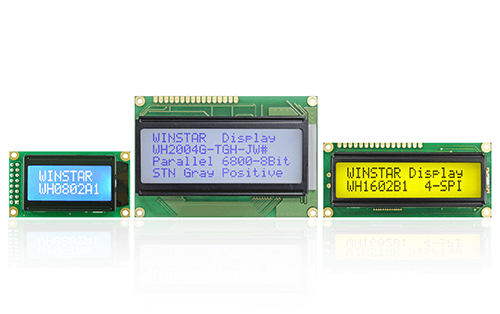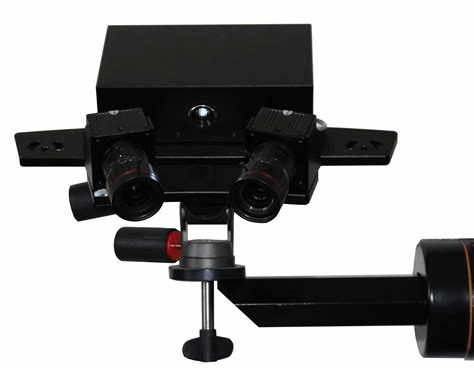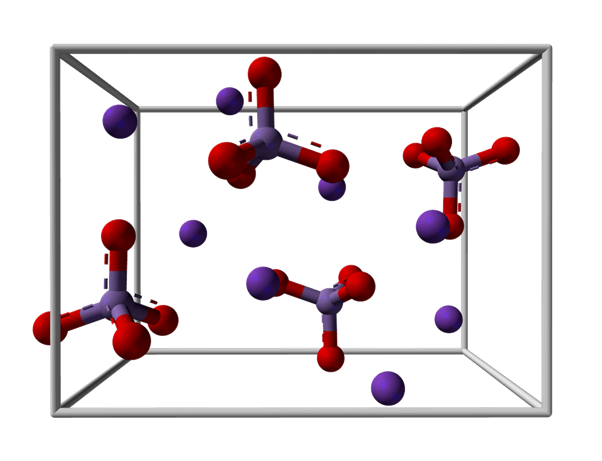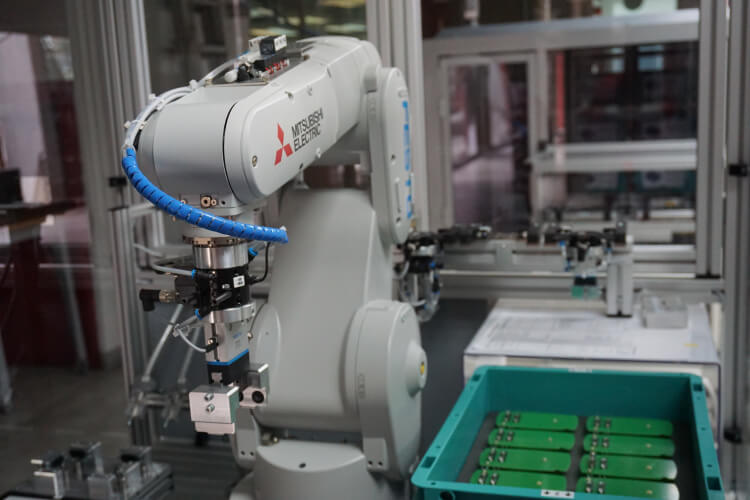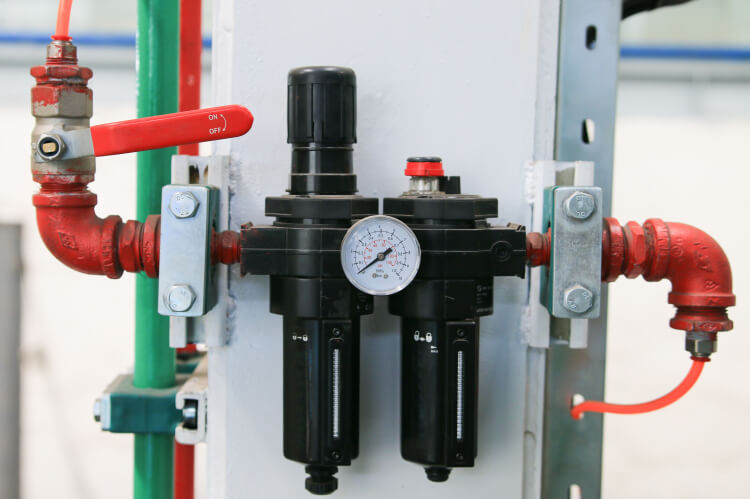From automotive engines to manufacturing plants, there is always a need to create tight seals that prevent leakages or ensure industrial plants can withstand high pressure. Gaskets come in handy in such situations and play an important role in the smooth operations of industries and a wide variety of engines. With technological advancements, you can shop online from online retailers such as Teflex Gasket Company Limited for the best deals on gaskets. The following are factors to consider when buying for gaskets online in 2020:
The material used in making the gasket: Gaskets are used in different engine and industrial environments that are prone to high pressure, heat, or abrasion. Therefore, wear and tear of gaskets are commonplace. Always ensure that the material is right before shelling out money online on a gasket.
Confirm with the retailer the quality of the material used in making the gasket and its properties. Ensuring that the properties of the gasket material suit your sealing application needs will save you money. The last thing you need while in the middle of a demanding production schedule is a malfunctioning machine because the gasket sealing was made from the wrong material.
Your needs: Nothing is as frustrating as buying an expensive gasket sealing for your industrial plant only to realize it does not suit your sealing needs. If you manage an industrial plant, always consult the technicians if you are unsure.
For car owners, you should seek the advice of your mechanic before shopping for a gasket online in 2020. Search online for some of the latest and best gasket materials and designs that would suit your sealing needs. Go for a gasket that can withstand the temperature or pressure of the area you are planning to seal.
The credibility of the online retailer: Don’t fall victim to online fraudsters who are out to defraud you by selling substandard goods or taking your money then fail to deliver the gaskets. Do a background check on the online retailer of your choice before authorizing any purchase.
Customer reviews and feedbacks are a great place to start. You can also visit their website and skim through their history and any customer testimonies. Additionally, you can always ask for referrals from your network of friends, co-workers, or even professionals. Some of the best online retailers are those that your friends or relatives recommend.
Existing rules and regulations: Confirm with the local authorities and industry regulations on what materials are permissible for use in any machine or industrial process. The last thing you need is a hefty fine from industry regulators, litigations, or even industrial plant shutdown because you unknowingly bought gaskets made of a banned substance such as asbestos. Be proactive and avoid losing money due to preventable industrial errors.
Final Thoughts
Gaskets are essential components of any industrial process. For car owners, the efficient functioning of your car engine is dependent on the properties of gasket sealing you use on the engine. Gaskets can withstand high pressure and temperature. However, getting the best gasket deals online in 2020 requires proactive due diligence.


